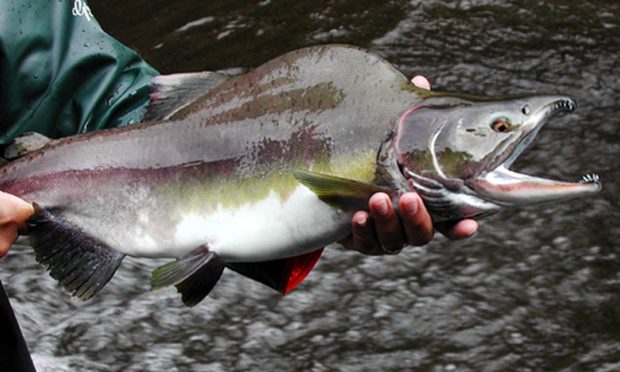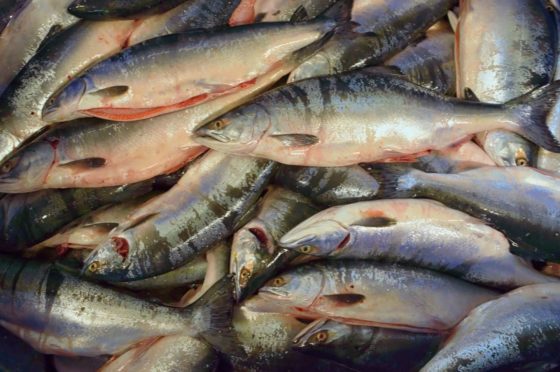Experts are reminding north-east anglers to remain vigilant in reporting unusual fish sightings this summer – and Pacific pink salmon is their top concern.
This invasive species is not native to Scotland but several of the fish have been caught in recent years in the lower stretch of the River Dee.
The fish were originally introduced to Russian rivers in the 1960s, have slowly spread westwards colonising rivers across Scandinavia.
In 2017, a large number of pink salmon were recorded in Scottish rivers, and, again, an unusually high number of the species were recorded two years later in 2019.
This pattern is due to the two-year life cycle of the fish and conservationists are anticipating a resurgence of reports this year as a result.
In light of Invasive Species Week, May 24 to May 30, the Missing Salmon Alliance is reminding anglers to report sightings of these non-native, invasive fish.
It’s #INNSweek 2021! Organisations across the #UK #Ireland #Guernsey #Jersey and #IsleOfMan are working together to raise awareness, find out more https://t.co/h8N5WmPi0r pic.twitter.com/eXGwhjZqTY
— Invasive Species Week (@InvasiveSp) May 24, 2021
Exactly how these pink salmon affect native Atlantic salmon populations, no one knows for sure, but biologists fear the newcomers will spread parasites and diseases.
Large numbers of pink salmon also mean that the native Atlantic salmon would be forced to compete for habitat and food.
They are just one of many invasive species currently being monitored in Scotland.
If populations are not controlled now, pink salmon may soon find its way onto the list of the most damaging invasive plants and animal species in Scotland.
Brian Davidson, director of communications and administration at Fisheries Management Scotland, said: “Pink salmon have the potential to pose an additional threat to existing native freshwater fish stocks in Scotland.
“Our wild Atlantic salmon are already under considerable pressure and we are working closely with Scottish Government, NatureScot and SEPA to better understand the implications of pink salmon on our native salmon and sea trout.
“Part of this process is to gather information on records and captures of pink salmon during 2021 – we welcome the cooperation of the public in recording information on any captures of these fish through our recording app”
Pink salmon can usually be recognised by their spotted tail, and black tongue and gums. Males have a humped back and hooked mouth.
To report any sightings of pink salmon this summer, click here.

